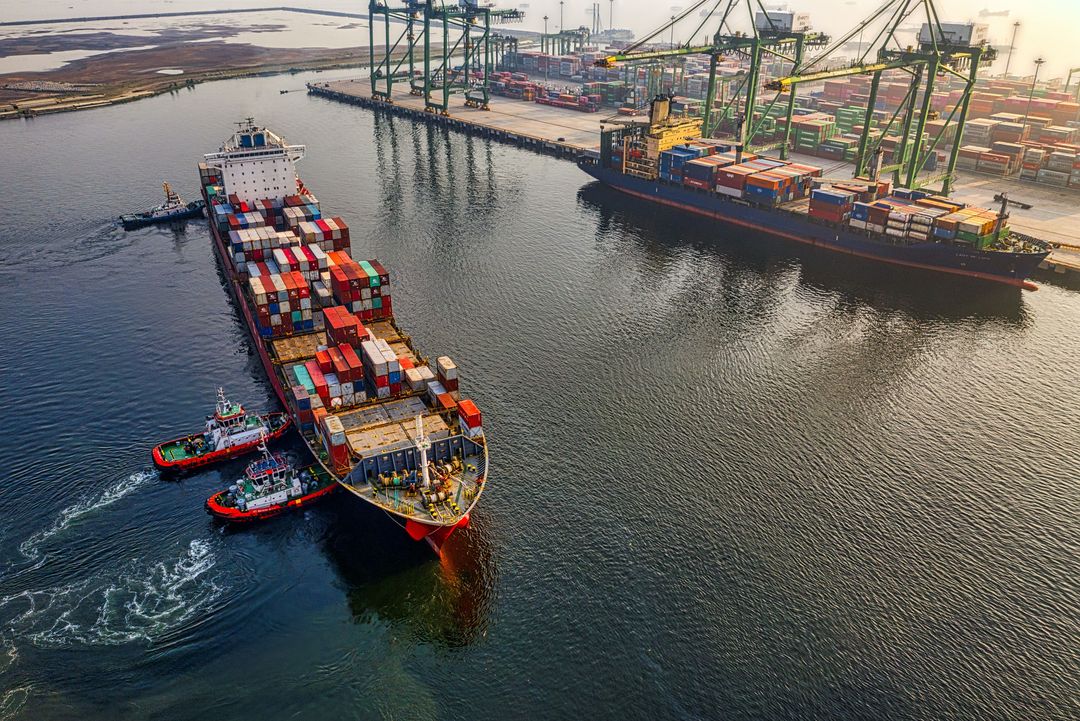How to Prepare Your Shipment for International Shipping
Are you a business that ships internationally? Dealing with the return of damaged goods can be a major headache in terms of both time and money. But don’t worry. We’ve got you covered. Here are six essential tips to help you prepare your cargo for international parcel shipping using worldwide delivery services.
Make Sure Your Goods Are Travel-Ready
It’s important to consider how well your belongings will be protected during shipment before sending them, especially if they are large. In addition to protecting their safety, it’s important to prepare them for overseas transportation difficulties. Ensure your products can be stacked because they could be sent with other things. They must be capable of handling, including being used with forklifts. Consider the consequences of tilting during takeoff and landing if you ship by plane. It will assist if you stuff everything firmly within the container. Ensure your items can withstand the numerous motions and vibrations they may experience if you transport them by water or road.
Optimize Your Packaging
When delivering packages overseas, your company should use double-walled or reinforced shipping boxes as a routine procedure. This extra safeguard avoids damage while in transit and is well worth the expense. Fragile items should be marked as such on the outside of the box to ensure careful handling by couriers. For greater structural security, think about palletizing or crating bigger objects. Paperboard or edge guards are other options for further protection. Consider using shrink wrap or banding when transporting items packed or palletized to keep everything in place and prevent environmental deterioration.
Pay Attention to Internal Packaging and Taping
Once your packing has been modified for transporting cargo internationally, pay close attention to the significance of inside packaging. Use packing peanuts or air cushions to fill any empty space inside the shipping boxes. Reducing movement during shipment, larger commodities require more robust interior packaging. In addition, consider the box-in-box packaging strategy for international shipment, in which the items are arranged within a bigger box with the extra room filled in. When transporting cargo overseas, ensure the box’s edges and seals are correctly sealed using the H-taping technique and premium packing tape. Cheap tape raises the danger of damage and jeopardizes the security of your items.
Check the Weight Capacity for International Cargo Shipping
For international cargo shipment, weighing your items and choosing adequate package packaging that can support their weight and dimensions is critical. The chance of packaging damage and mishaps during shipment increases if you use boxes or crates that can’t keep the wage of the contents. This is crucial when sending large or heavy packages overseas since they need packing to support their weight. Investing in durable packing guarantees that your products arrive at their destination intact, improving consumer satisfaction.
What Does Preparing to Ship Mean?
If you are wondering what does preparing to ship mean, it refers to the process of getting your goods and packages ready for shipment, whether for domestic or international shipping. This involves ensuring the items are appropriately packaged, labeled, and have the necessary shipping documents in order. By following the guidelines mentioned above, you can effectively prepare your shipments for smooth and secure transportation, whether it’s for international cargo shipping or local deliveries.
Prioritize Functionality Over Looks
While attractive packaging options like sacks and baskets might appeal to customers, they must prioritize protection. Ensure that any ornate or softer packaging you use effectively safeguards the item inside. This includes not only the walls of the packaging but also how the package is secured and held together to prevent tampering or theft. Consider using sturdy packaging for transit to an interim destination, then switching to softer, protective packaging closer to the final destination to ensure maximum protection throughout the journey.
Listen to Customer Feedback
Listening to your customers is vital. Pay attention to reviews and feedback regarding your international delivery services. If customers report damaged or missing goods, take the necessary steps to understand the packaging issues and improve them. Refrain from assuming your packaging is sufficient just because customers don’t complain.
Even if the item arrives undamaged, the packaging itself might have suffered wear, water damage, or tearing during transit. Understanding your customers’ experiences is especially crucial when launching new products with unique packaging requirements. Identifying weak points and addressing them proactively can prevent losses and unhappy customers in the future. Consider following up with customers to gather their thoughts and ensure their parcels or shipments meet their expectations, saving your business from future headaches.
Remember to always research the best way to ship internationally, whether you are looking for international cargo shipping options, ways how to send boxes overseas, or shipping freight internationally. The best way to ship internationally will depend on factors such as the nature of your goods, their weight and size, the destination, and your budget. Taking the time to plan and prepare properly will help you find the most efficient and cost-effective solution for your international shipping needs.
By following these tips, you can significantly reduce the burden of damaged goods during international shipping. Contact LAX Freight to enhance your packaging and consider the unique requirements of each shipment and ensure a smoother and more satisfying experience for both your business and your customers.



